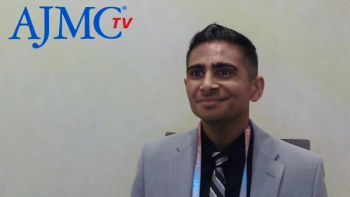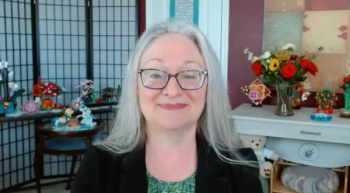
James Grayson: Burnout Continues to Get Worse Among Physicians and Presents in Different Ways
Burnout among physicians is only getting worse, but there are ways an organization can put a program in place to address or even prevent burnout, said James Grayson, administrative chief of staff at West Cancer Center.
Burnout among physicians is only getting worse, but there are ways an organization can put a program in place to address or even prevent burnout, said James Grayson, administrative chief of staff at West Cancer Center.
Transcript
Does burnout usually differ among clinicians in oncology compared with clinicians in other disease states?
This is going to sound a lot like the sequel to an old spaghetti Western, and it’s the good, the bad, the ugly, and the uglier. The good is, in Medscape’s most recent survey oncologists typically fell in the lowest quarter of physicians that report burnout. The bad is that it’s still near 50%. From there, the ugly is that every specialty has increased fairly dramatically since their previous survey, which was in 2013. So clearly the problem has worsened.
For oncologists, in particular, and this is maybe the part that troubles me the most, is that those that do report burnout, report a higher level of severity. And what that tells me is that oncologists walk along a very steep cliff. And if they were to fall into the traps of burnout, which is growing more and more likely, it can be pretty severe and difficult to climb back out of. And that’s not good for them, that’s not good for patients, and that’s not good for the organization that they work in. It’s very concerning and I wouldn’t let the false hope of being in the bottom quarter make us feel better.
What are some of the tell-tale signs that a physician is nearing burnout and how would you intervene?
Unfortunately, physicians are now on the other side of the coin in this case. They’re the patient. And just like other patients, they present in many different ways. Certainly, the heavy hitters of depression and frustration and a lack of job satisfaction, unhappiness—all of those do present themselves fairly consistently once you get far enough in, but that’s once burnout has already taken hold. What you want to look for is the things that help prevent you from getting to the bottom of the cliff. And in that regard, there’s as many presentations as there are physicians, because they are all individual humans and present differently.
I think one of the best ways I have seen for organizations to be able to intervene a little earlier is to create a mechanism, usually involves an individual—I actually recommend a nonclinician, like myself—that is charged with developing a credible, robust relationship with providers; checks in with them on a regular basis. What I found is that creates a nonthreatening environment for them to be honest and truthful, earlier, then maybe they would be otherwise. That person then has to take care of that information and certainly make sure that it is never weaponized or turned into anything that could be detrimental to a provider, but to take it back to the organization and work alongside the organization to prevent getting to that level of depression or anger or frustration or, at some point, some give up their profession that they’ve loved for so long. And that’s a huge loss for everybody, but most especially for them.
Newsletter
Stay ahead of policy, cost, and value—subscribe to AJMC for expert insights at the intersection of clinical care and health economics.















































